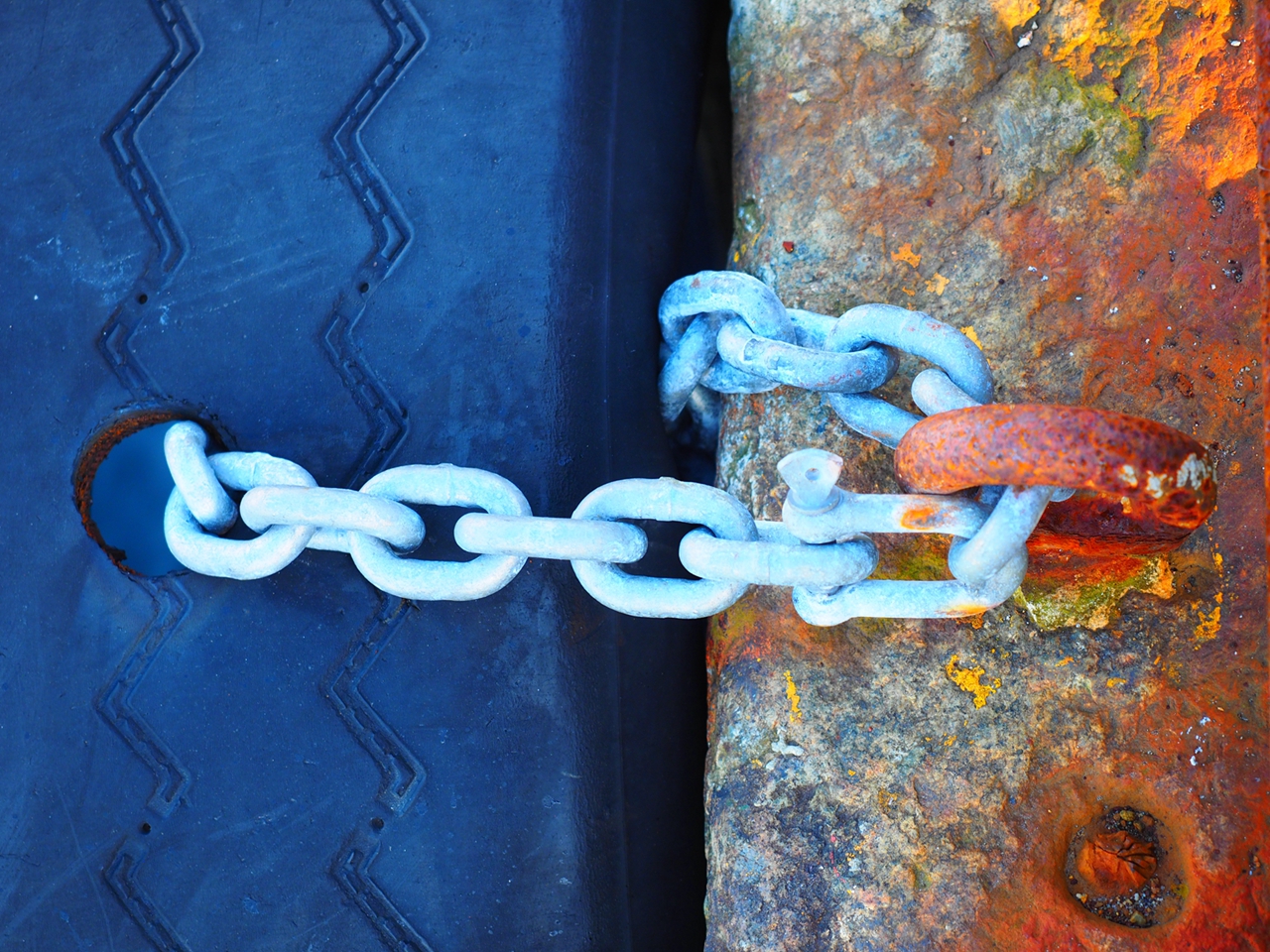DIN 766 steel link chains find applications in various industries, including marine, agriculture, construction, and general lifting applications. They are commonly used for hoisting, securing loads, towing, and anchoring purposes.
- Material: DIN 766 chains are made from high-quality steel, typically alloy steel or carbon steel, which provides excellent strength and durability.
- Link Design: The chain consists of a series of interlocking links. The links are usually round or oval-shaped, and they are designed to provide sufficient strength and resistance to deformation under load.
- Chain Dimensions: The DIN 766 standard specifies various dimensions of the chain, including link diameter, chain pitch (distance between links), and overall chain width. These dimensions determine the size and capacity of the chain.
- Load Capacity: DIN 766 chains are designed to handle different load capacities depending on the chain size and the strength of the steel used. The load capacity is typically specified by the manufacturer, and it's important to choose a chain that is appropriate for the intended application.
- Surface Finish: The standard may also specify the surface finish of the chain, such as galvanized or uncoated. Galvanized chains have a protective zinc coating that helps to enhance corrosion resistance, making them suitable for outdoor or marine applications.
- Certification and Testing: DIN 766 chains may undergo testing and certification processes to ensure they meet the required quality and performance standards. Manufacturers may provide test certificates or markings indicating compliance with the DIN 766 standard.
When selecting and using DIN 766 steel link chains, it is essential to consider factors such as the required load capacity, environmental conditions, and any specific regulations or standards applicable to your industry or region. It is advisable to consult the manufacturer's documentation and follow recommended guidelines for safe and proper usage.



